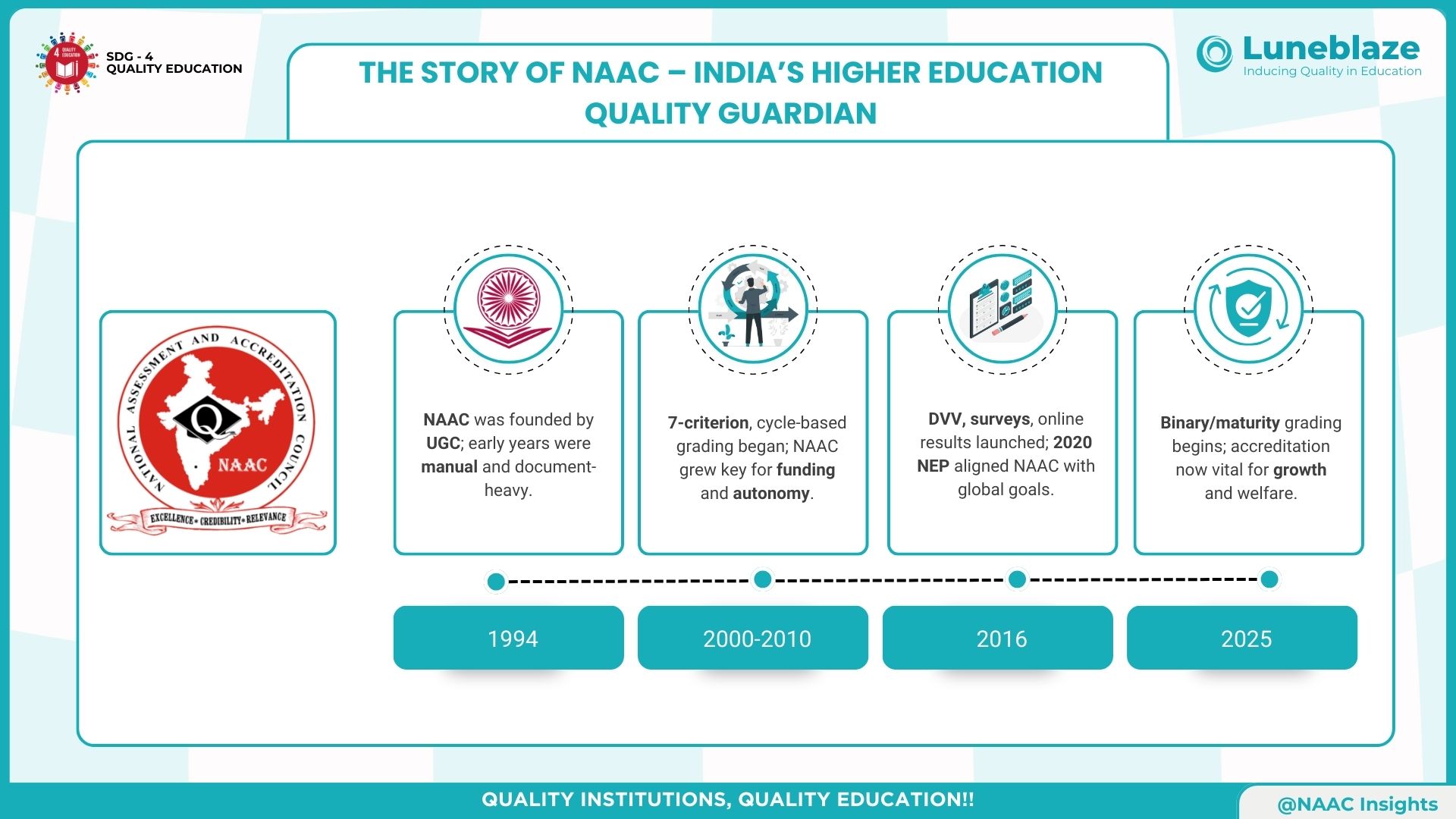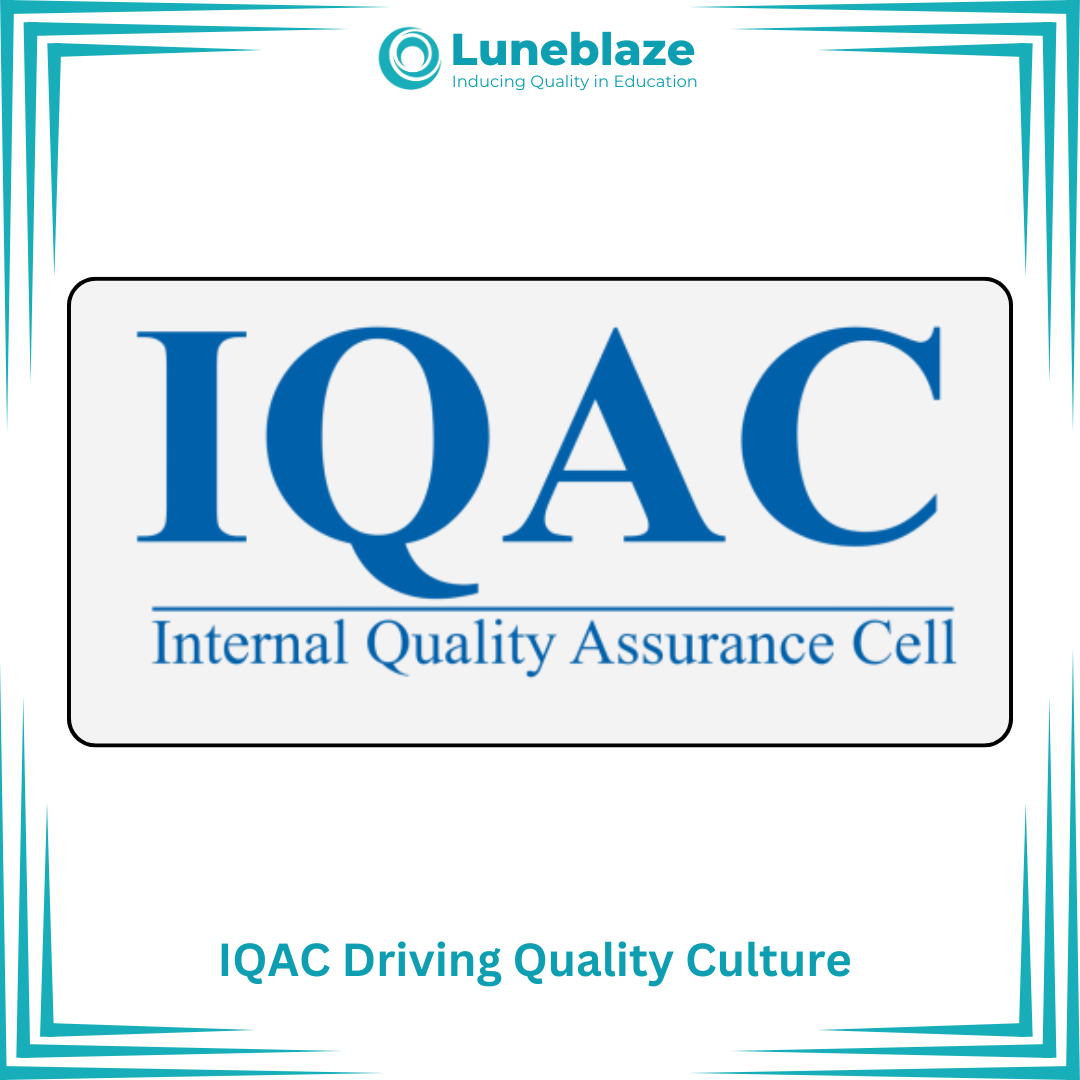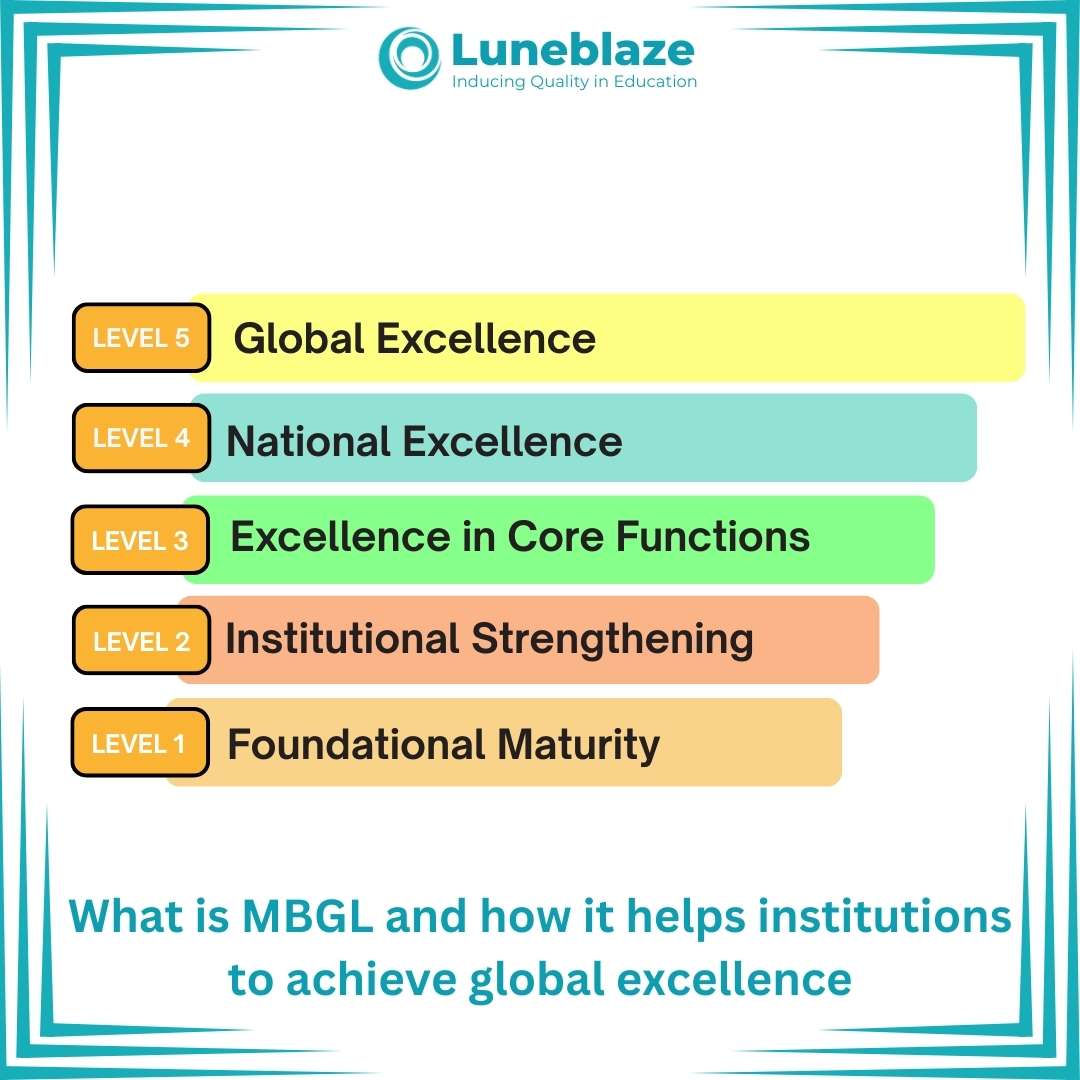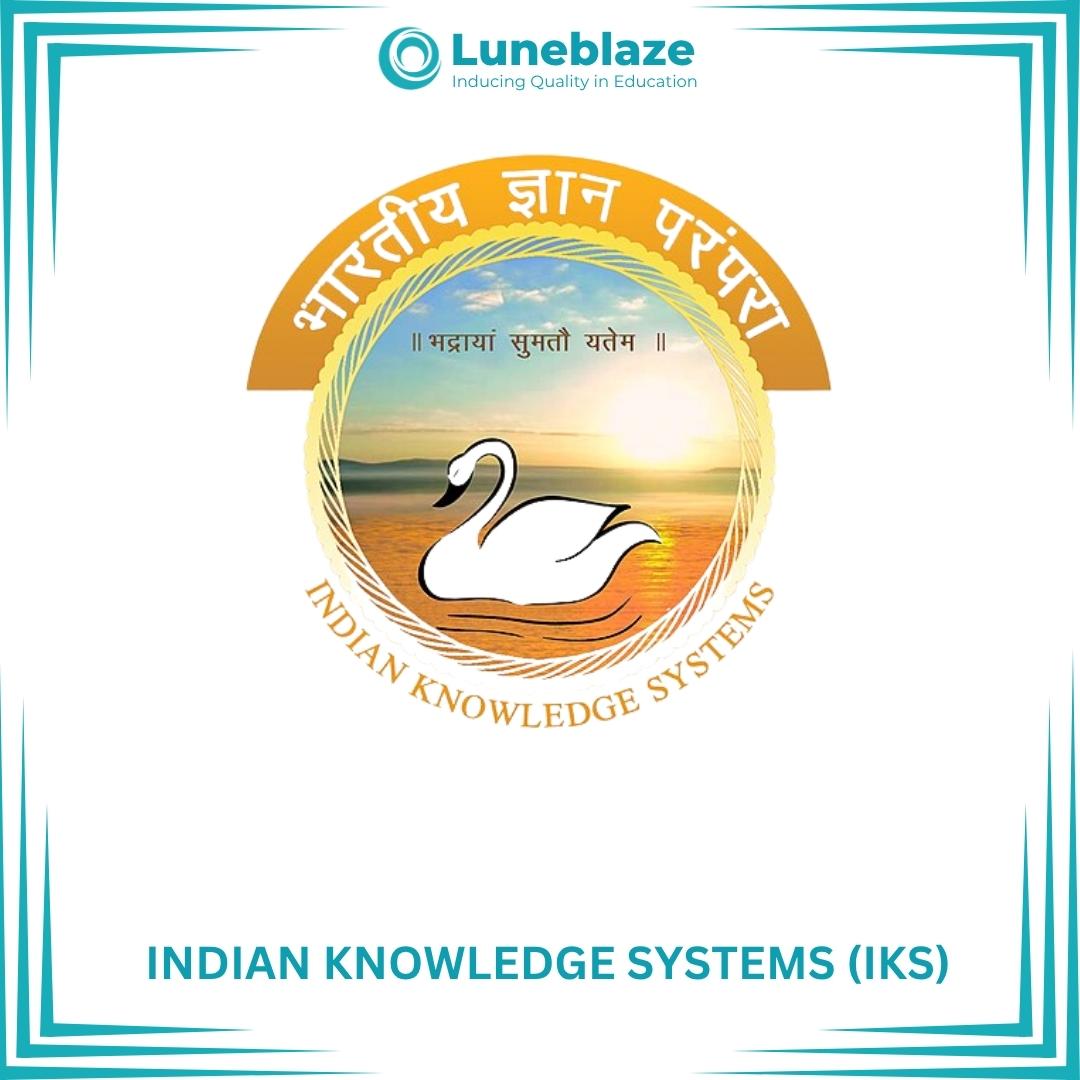The Story of NAAC – India’s Higher Education Quality Guardian

Aug 16, 2025
In the early 1990s, India’s higher education system was undergoing rapid expansion — more universities, more colleges, and more students — but also increasing concerns about inconsistent quality, inadequate accountability, and a lack of structured evaluation mechanisms. Recognising the urgency of ensuring academic excellence, the University Grants Commission (UGC) envisioned a quality assurance agency to foster transparency, credibility, and continuous improvement in higher education. This led to the birth of the National Assessment and Accreditation Council (NAAC).
1994 – The Birth
On 16 September 1994, the National Assessment and Accreditation Council (NAAC) was established in Bengaluru as an autonomous body under the UGC. Its mission: to make quality assurance an integral part of the functioning of every Higher Education Institution (HEI) in India. NAAC was created in response to the National Policy on Education (1986) and its Programme of Action (1992), both of which emphasised the need for an independent accreditation mechanism.
The Early Days (1994–2000)
In its formative phase, NAAC laid the foundation for India’s quality assurance framework. The initial years focused on:
Developing comprehensive assessment criteria.
Creating awareness among institutions.
Training peer reviewers and forming expert panels.
Participation was limited at first. Many institutions were sceptical or hesitant about external evaluation. The process was manual, highly document-intensive, and centred around Self-Study Reports (SSR) followed by on-site peer team visits. Despite slow uptake, NAAC’s early efforts helped sow the seeds for a nationwide quality culture.
Growing Influence (2000–2010)
With the expansion of higher education in the 2000s, NAAC’s role gained prominence. Accreditation gradually became a marker of institutional credibility and performance.
Key developments included:
Introduction of the seven-criterion framework, evaluating aspects such as Curriculum, Teaching–Learning, Research, Infrastructure, Student Support, Governance, and Institutional Values.
NAAC also introduced formal grading during this period, alongside the adoption of cycle-based accreditation (Cycle 1, 2, 3...), encouraging institutions to pursue continuous quality improvement.
NAAC grades began influencing:
Student admissions and choices.
Faculty recruitment and retention.
Institutional eligibility for funding, autonomy, and recognition.
The focus shifted from basic compliance to fostering excellence in higher education.
Digital & Reforms Era (2016 Onwards)
In response to rising demands for transparency, scale, and efficiency, NAAC undertook significant reforms to modernise its accreditation processes. This era saw the shift to a data-driven assessment model, with major innovations:
DVV (Data Validation and Verification) introduced to automate and verify key metrics.
Student Satisfaction Surveys (SSS) conducted online for genuine student feedback.
Public disclosure of accreditation reports and grades on NAAC’s portal.
Greater emphasis on outcome-based indicators, including:
Research productivity.
Employability and placements.
Institutional innovation and outreach.
This digitisation helped ensure objectivity, minimized human bias, and enabled institutions to benchmark themselves against national standards.
The Latest Shift – Binary & Maturity-Based Accreditation (2025 onwards – expected)
To encourage wider participation in accreditation, NAAC is introducing a Binary Accreditation System—a simplified Yes/No certification to confirm baseline institutional quality. This approach will be fully online, eliminating physical visits and reducing administrative burdens.
Building on this, the Maturity-Based Grading System will evaluate institutions that exceed baseline standards, assigning progressive levels based on stakeholder feedback, institutional growth, and performance over time.
With the rollout of the National Education Policy (NEP) 2020, NAAC is preparing for a transformative leap aimed at universal accreditation coverage across India’s vast higher education landscape. The new system (effective 2025) will feature:
Binary Accreditation System: A simplified Yes/No mechanism to certify baseline institutional quality. This will be fully online, removing the need for physical visits.
Maturity-Based Grading: For institutions that exceed baseline standards, this advanced model will assign levels based on stakeholder feedback and institutional growth.
AI and Stakeholder Surveys: To enhance credibility and reduce subjectivity, feedback from alumni, employers, faculty, and community partners will be used to assess institutional claims.
Global Alignment: The new framework aligns with international accreditation norms and integrates Sustainable Development Goals (SDGs), innovation metrics, and societal impact.
The dual-tiered system is expected to fast-track accreditation for thousands of institutions while maintaining quality rigor and promoting excellence.
Impact Today
Today, NAAC is one of the most influential institutions in Indian higher education quality assurance. Its impact includes:
Accreditation Reach: Over 12,000+ institutions have been accredited at least once.
Policy & Funding Linkage:
NAAC grades are mandatory for institutional autonomy.
Required for eligibility for government grants, research funding, and deemed-to-be university status.
Institutional Transformation:
Establishment of Internal Quality Assurance Cells (IQACs) across campuses.
Strengthened governance, strategic planning, and internal evaluation systems.
Enhanced student engagement, curriculum innovation, and research outputs.
More than just a grading exercise, NAAC has instilled a culture of continuous quality enhancement across India’s higher education ecosystem. As the system evolves into a digital-first, globally-aligned model, NAAC remains the nation’s sentinel of academic standards, ensuring that institutions not only educate, but also innovate and transform society.
To support Colleges and Universities (HEIs) in their accreditation journey, Luneblaze provides a comprehensive end-to-end solution to HEIs for all their accreditation criteria needs. From document creation and evidence management to workflow optimization, audits, filing support, faculty training, and expert consultation, empowering institutions to deliver Quality Education and achieve NAAC Accreditation Excellence.
Together, let’s raise educational standards. Reach us at: naac@luneblaze.com
Trusted by
100+
Institutions
worldwide
since 2017
Get started with Accreditation Excellence
Explore how our AI-enabled accreditation solution simplifies the accreditation journey










